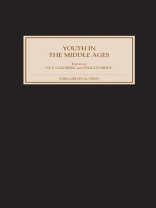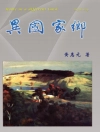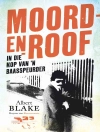Evidence for childhood and youth from the sixth century to the sixteenth, but with particular emphasis on later medieval England.
Moving on from the legacy of Ariès, these essays address evidence for childhood and youth from the sixth century to the sixteenth, but with particular emphasis on later medieval England. The contents include the idea of childhoodin the writing of Gregory of Tours, skaldic verse narratives and their implications for the understanding of kingship, Jewish communities of Northern Europe for whom children represented the continuity of a persecuted faith, children in the records of the northern Italian Humiliati, the meaning of romance narratives centred around the departure of the hero or heroine from the natal hearth, the age at which later medieval English youngsters left home, how far they travelled and where they went, literary sources revealing the politicisation of the idea of the child, and the response of young, affluent females to homiletic literature and the iconography of the virgin martyrs in the later middle ages.
Contributors: FRANCES E. ANDREWS, HELEN COOPER, P.J.P.GOLDBERG, SIMCHA GOLDIN, EDWARD F. JAMES, JUDITH JESCH, KIM M. PHILLIPS, MIKE TYLER, ROSALYNN VOADEN.
สารบัญ
Introduction: After Ariès [with Felicity Riddy and Mike Tyler] – P J P Goldberg
Introduction: After Ariès [with P J P Goldberg and Mike Tyler] – Linda Brosnan
Introduction: After Ariès [with P J P Goldberg and Felicity Riddy] – Mike Tyler
Childhood and Youth in the Early Middle Ages – Edward F James
Jewish Society under Pressure: The Concept of Childhood – Simcha Goldin
Desiring Virgins: Maidens, Martyrs and Femininity in Late Medieval England – Kim M Phillips
Out of the Mouths of Babes: Authority in
Pearl and in Narratives of the Child King Richard – Rosalynn Voaden
A Safe-Haven for Children? The Early Humiliati and Provision for Children – Frances Andrews
Migration, Youth and Gender in Later Medieval England – P J P Goldberg
Youth on the Prow’: Three Young Kings in the Late Viking Age – Judith Jesch












